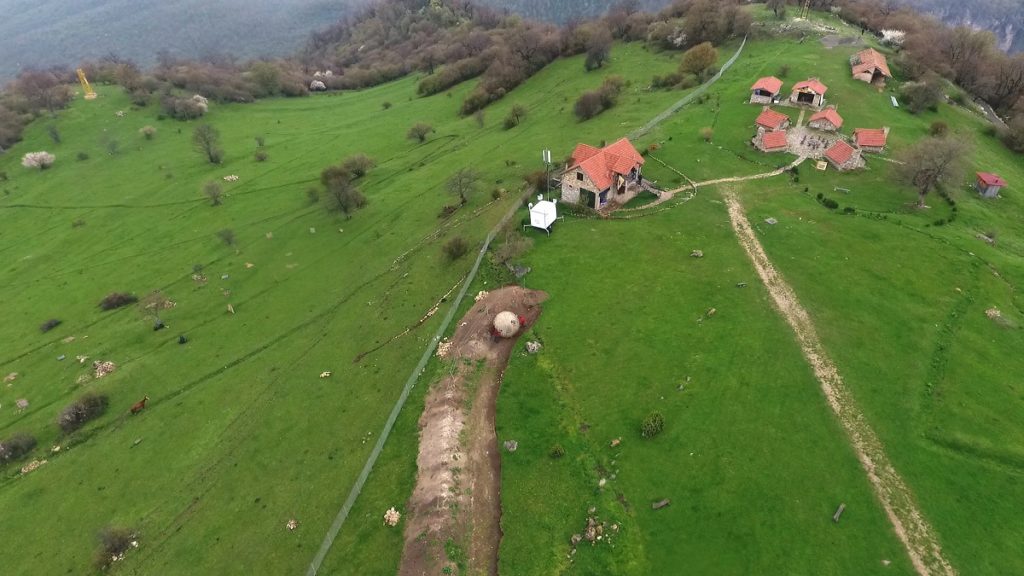YENOKAVAN, Armenia
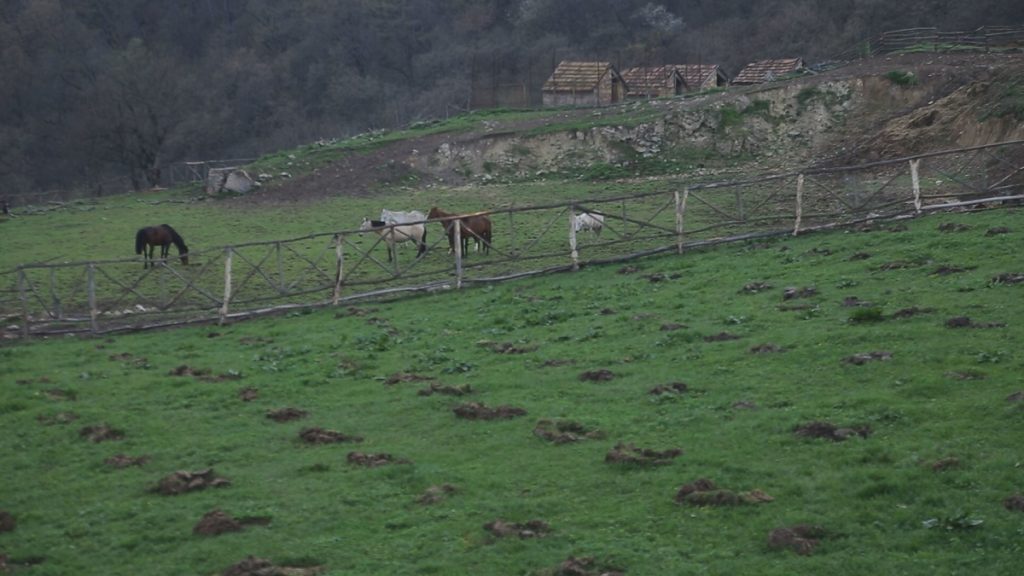
Outwardly, it doesn’t look any different than many other rural Armenian villages.
The homes in Yenokavan, 140 km north of Yerevan, are modest, generally two-story dwellings of Tufa rock – a dense material formed by ancient volcanoes with a characteristic pinkish hue. Many families have their own cow sheds.
However, Yenokavan is nevertheless unique.
Armenia has long faced one of the most alarming brain drains globally, hastened by a lack of jobs and war with neighbour Azerbaijan.
The war effectively ended with Baku winning decisively during a lighting six-week blitz late last year. However, frequent shooting and incidents along the international frontier and closed trade routes have kept tensions high.
Moreover, Yenokavan is only about 10-15 km from the Azerbaijan border as the crow flies.
SHOOTING NO IMPEDIMENT
Despite war headlines that might scare away less intrepid adventurers, the town has found a niche, effectively stopping out-migration from the town. It is thriving more than ever due to a unique business venture.
Unlike villages in the rest of the country, the most recent estimates actually showed a population increase, from 480 to over 550 people.
Though this may seem modest to the outsider, in Armenia, it is remarkable.
One recent survey put the number of people who want to emigrate at 88 per cent nationwide.
UNLIKELY ECONOMIC STIMULUS
In such a remote place, it might be hard to imagine.
But the village of half a thousand or so can thank its relative success to an unlikely economic magnet.
Extreme sports and adventure tourism, which draws enthusiasts from across the country.
The focal point of the fun is Yell Extreme Park, about a kilometre away from Yenokavan.
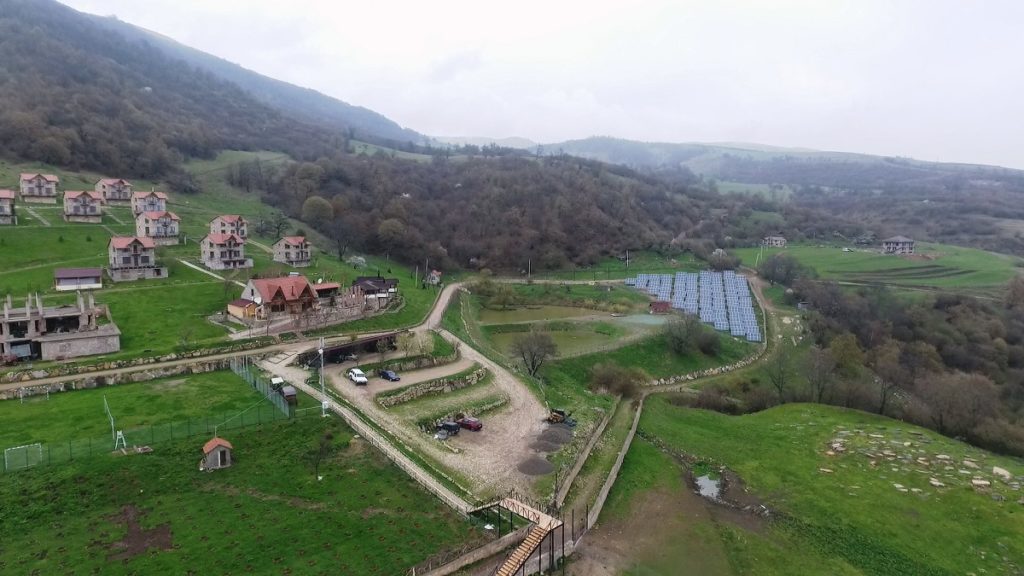
The venture is the brainchild of a village local. The areas’ mountains and valleys provide an excellent opportunity for setting up “zip lines” – crossing hair-raising ravines up to hundreds of metres deep suspended from metal cables.
The concept idled on paper for years until 2015, when the park took in its first guests.
Instructors help visitors put on special equipment for the zip-rides. Then they walk to a launch base, leaving them guessing as to what to expect.
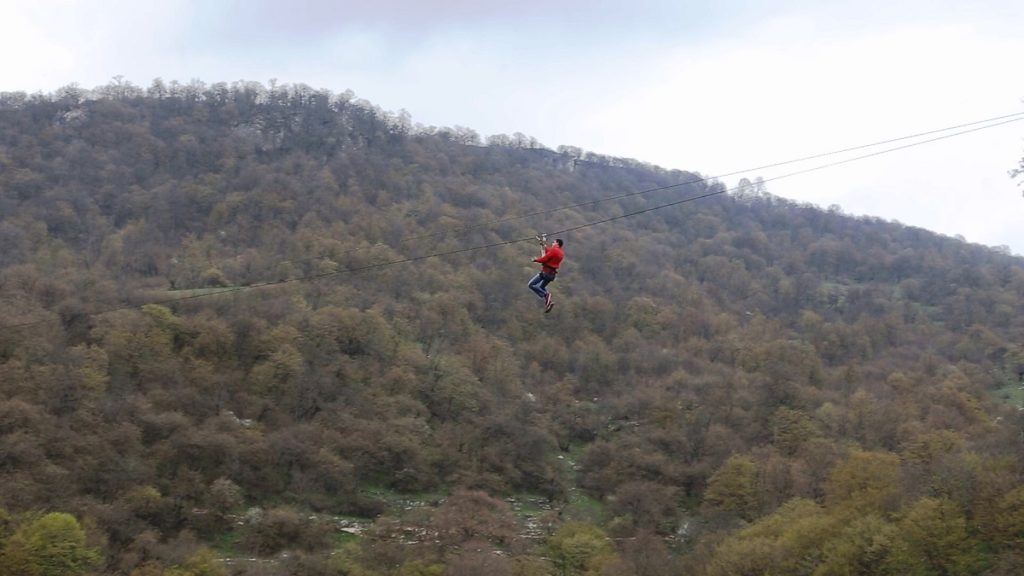
Upon seeing what awaits them – a glide down the zip-lines with nothing but air and space all around- like a bird – some hesitate.
But instructors say very few have refused the opportunity to glide down from the mountain tops.
The zip-lines tightly span the valley, so the idea one’s only security is a cable is definitely terrifying. However, a few seconds after the start of the ride, one understands that the panoramas in front of you and the birds flying below you overwhelm any fears.
MULTIPLE ZIP-LINES TO CATER TO DEGREES OF ADVENTURE
The lengths of the five lines are graduated: 135, 200, 268, 375 and 750 metres. There are plans for a 2500-metre line, which would be the longest in the world.
The highest point from the ground during the ride is about 300 metres.
Though the zip-lines were the first attraction, Yell branched out.
Paragliders and paintball are now on offer.
If those disciplines fail to produce the needed adrenalin, there is the chance to try “zorbing” – a 100 metre-trip down a hill cloaked in a transparent, shock-absorbing ball.
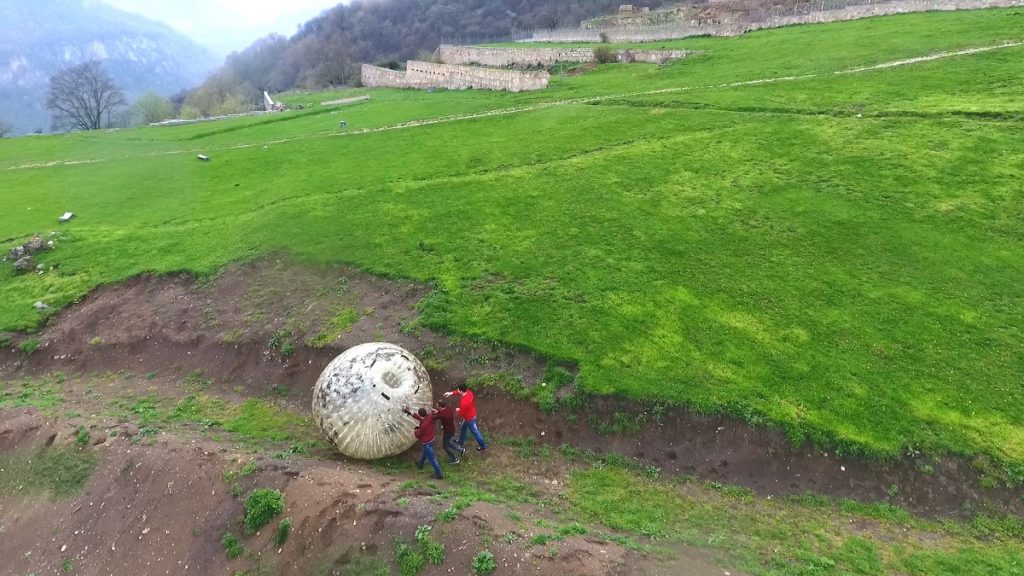
Pushing the Zorba-ball back up the hill after a rider’s adventure
The most recent addition to the park is Via Ferrata. Ferrata is perched on a high trail line – with hundreds of metres of drop-offs on either side. Those who try Ferrata are advised that stopping to look down may cause one to stop in their tracks.
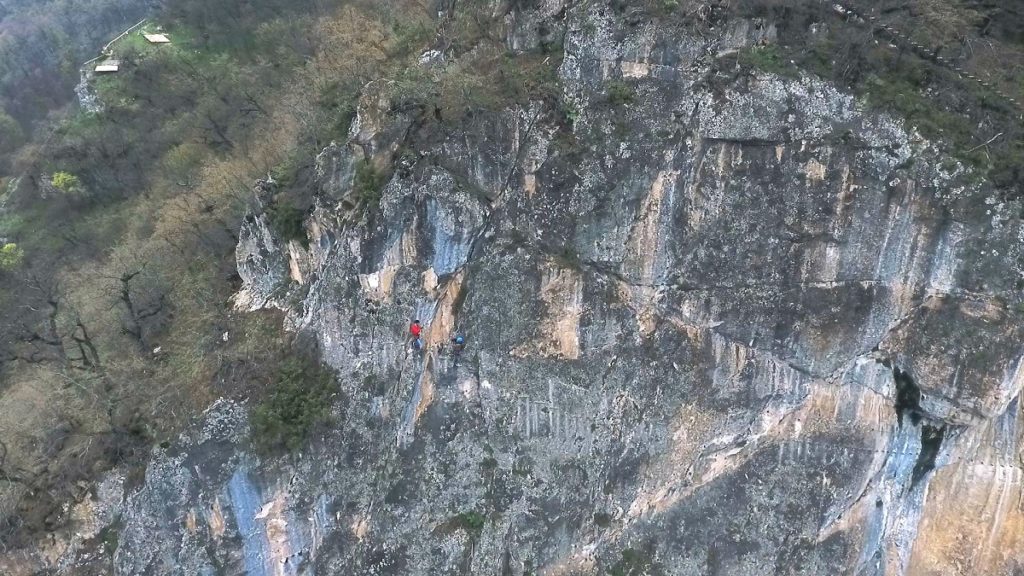
“There are people who don’t want to try it at first. But, as they say, it’s only hard the first time,” said Hovsep Abovian, an instructor.
“After that, they change their minds and become different people.”
Hovsep says most of his local friends have left looking for work either in Russia or Europe, but the innovative park allowed him a chance to stay.
Hovsep talked as he stood on the tallest point of the trail. He said that he felt free there and never goes home unhappy.
“I don’t find it boring, but I can’t say that I’ve gotten used to it either. Every time there’s something new because new people come along with new ideas and feelings. We try to find something to talk about with our clients,” he said.
“There were some that have cried and some who inched their way over the obstacles. We encourage them, help them. There have been few who have not made it to the end.”
A CHANCE TO NOT HAVE TO ESCAPE
Hovsep’s life story is, perhaps, typical of the area and its problems with out-migration.
He is from Ijevan, the nearest major town. Unemployed after finishing school, he too contemplated leaving.
However, the opportunity to work in the park presented itself. He gave it a shot.
“I found something that I like and stayed here. I like my work a lot. Even when I have weekends off, I sometimes come here because I miss it all.”
About 30 people work at the park. Most of them are from Ijevan or nearby villages. Russian and English are requirements as many visitors come from neighbouring Georgia- an hour away – or from Russia, Ukraine, or Armenia’s overseas diaspora.
David, another instructor, was also born in Ijevan. He lived in Moscow and worked as a barber for a while.
“I returned to Armenia for this job. I like it a lot, and even if I go back to Moscow, I know that I want to work in this field. I like extreme sports, and even if I hadn’t worked here, I would have come several times a year.”
However, David probably will not have to leave because the project is gaining momentum. When the park just opened in 2015, it was visited by 1,200 people. A year later – 6,000.
By 2020 that figure jumped to over 20,000.
Officials told the Tribune that in 2021 the figure had jumped far further, despite the cross-border skirmishes not so far away.
“That’s not had any effect at all,” said one manager at the park. “Our numbers are higher than ever”.
Investors have pumped in $2.5 million to the project. Some of the money is earmarked for a planned cable car.
LARGER ECONOMIC EFFECT
Compared to previous years, the standard of living in the village has definitely increased.
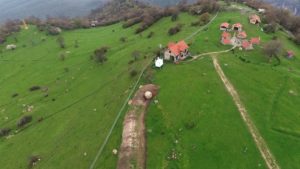
Moreover, the local development foundation regularly organises foreign language courses. The cash inflow helps support local businesses – cafes to small hotels – and the roads are well maintained, unlike many in outlying parts of Armenia.
Though there have been visitors from places as far-flung as Malaysia, the mainstay is still less risk-averse types from the former USSR.
Moscow resident Lidia Mobilevskaya said the thrill-seeking in a far-off region was a major draw.
“For us, height is important. Height and mountains all around. It’s unusual for us – we don’t have it [in Moscow]. The mountains inspire bravery and greatness. Internal greatness. The sensation that you are an individual!”
Much of the reporting in the original version of this article, as well as all photography, was done by JAM-NEWS.NET. The content has been significantly revised and updated by The Tribune.

